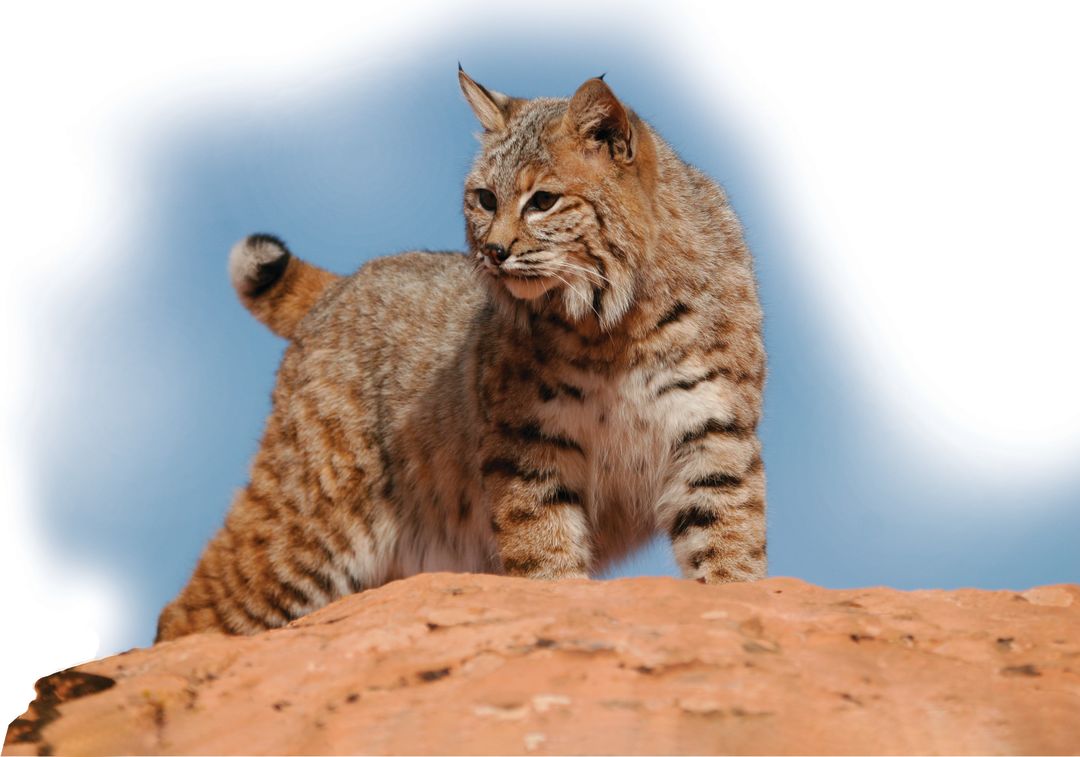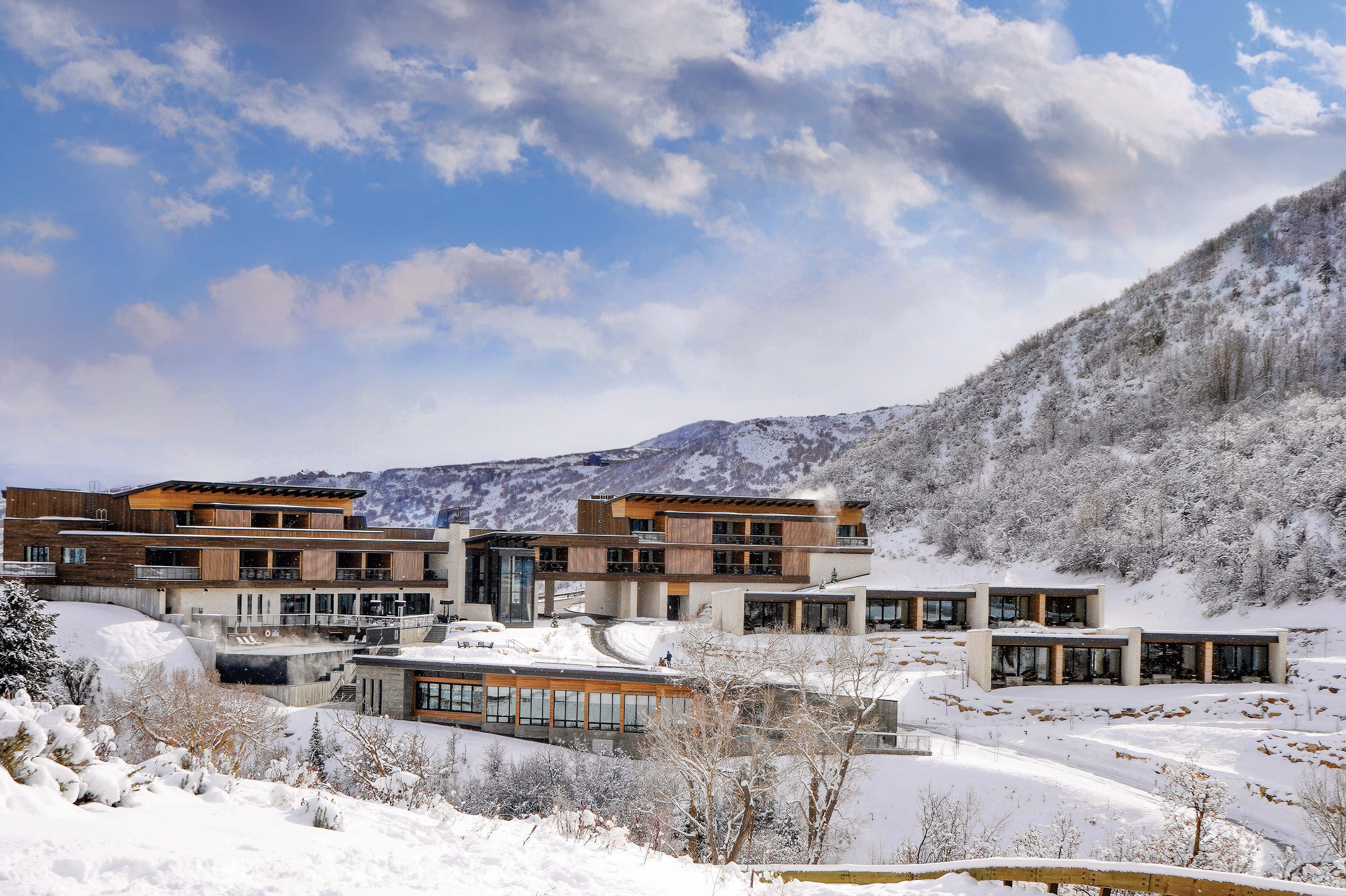Five Wild Animals You Might See in Park City

Find out more about Utah’s wildlife species at wildawareutah.org, a partnership of the DWR, Utah’s Hogle Zoo, and Utah State University.
Here are a couple of sights that never get old: spotting a bull moose moseying across a mountain stream, or watching a bear ambling along with a couple of roly-poly cubs. So it’s understandable that people may want to get a closer look: take some photographs, maybe even grab a selfie. But before you do any of those things, think twice. You may be putting yourself, your family, and your pets—and even the wild animals themselves—in danger.
“As urbanization continues to expand farther into historical wildlife habitat, avoiding wildlife-human conflicts becomes more of a challenge,” says Rusty Robinson, a wildlife manager with the Utah Division of Wildlife Resources. As a biologist with the DWR’s Central Region office—which includes Park City and most of Wasatch County—Robinson gave us the 411 on five species native to our mountains.
Bears
Black bears are the only bear species in Utah, and they will typically avoid people unless they associate humans with food. “They have a much better nose than the best dog, and they will eat anything,” says Robinson. To avoid attracting bears, store all food, garbage, and pet food in bear-proof containers in your yard or cabin, and never bring food into your tent when camping. If you see a bear, keep a safe distance.
Bobcats
With the popularity of home-security cameras, urban bobcat and cougar sightings are at an all-time high, notes Robinson. “You don’t need to be deathly afraid of a bobcat,” he says. “They’re common in Park City and usually not a safety concern for humans.” They will, however, go after small pets, he advises: “Chickens are hard for bobcats to resist, so definitely reinforce their enclosures.”
Cougars
“Because they’re primarily nocturnal, in-person sightings are still very rare,” says Robinson of the elusive big cats. “The truth is, they’ve been here the whole time.” That might sound frightening, but cougars almost always run away or hide from humans. In very rare instances, urban-interface cougars may grow less wary of humans, prey on pets, or cache deer kills in yards. If you see a cougar behaving aggressively, call the DWR.
Mule Deer
Park City has resident mule deer in the spring, summer, and fall; they usually go to lower elevations in the winter. While often well-intentioned, feeding deer congregates them in ways that can attract predators and spread disease. Also, introducing foods not in their diets is destructive to deer digestive systems. The urban interface can be tough on deer and humans, notes Robinson: “Deer get stuck in window wells, are in vehicle collisions, and can behave aggressively towards people and dogs,” especially if they are sick, are injured, or feel threatened.
Moose
“I don’t think people don’t realize how dangerous moose are,” says Robinson. “I’ve been charged multiple times and would rather encounter a bear or cougar.” Give moose plenty of space. And in a car-versus-moose scenario, neither wins. That’s why creating protected migration corridors over highways and relocating urban moose is a priority for wildlife managers.
When should I report a wildlife sighting?You should contact the DWR (wildlife.utah.gov) if you see an animal that’s sick, injured, or behaving aggressively.
If you see a moose in the city, give it plenty of space, and call the DWR so they can relocate it. If you see one in the mountains, give it a wide berth.
If animals are just being animals, give them space, and enjoy the moment.






































